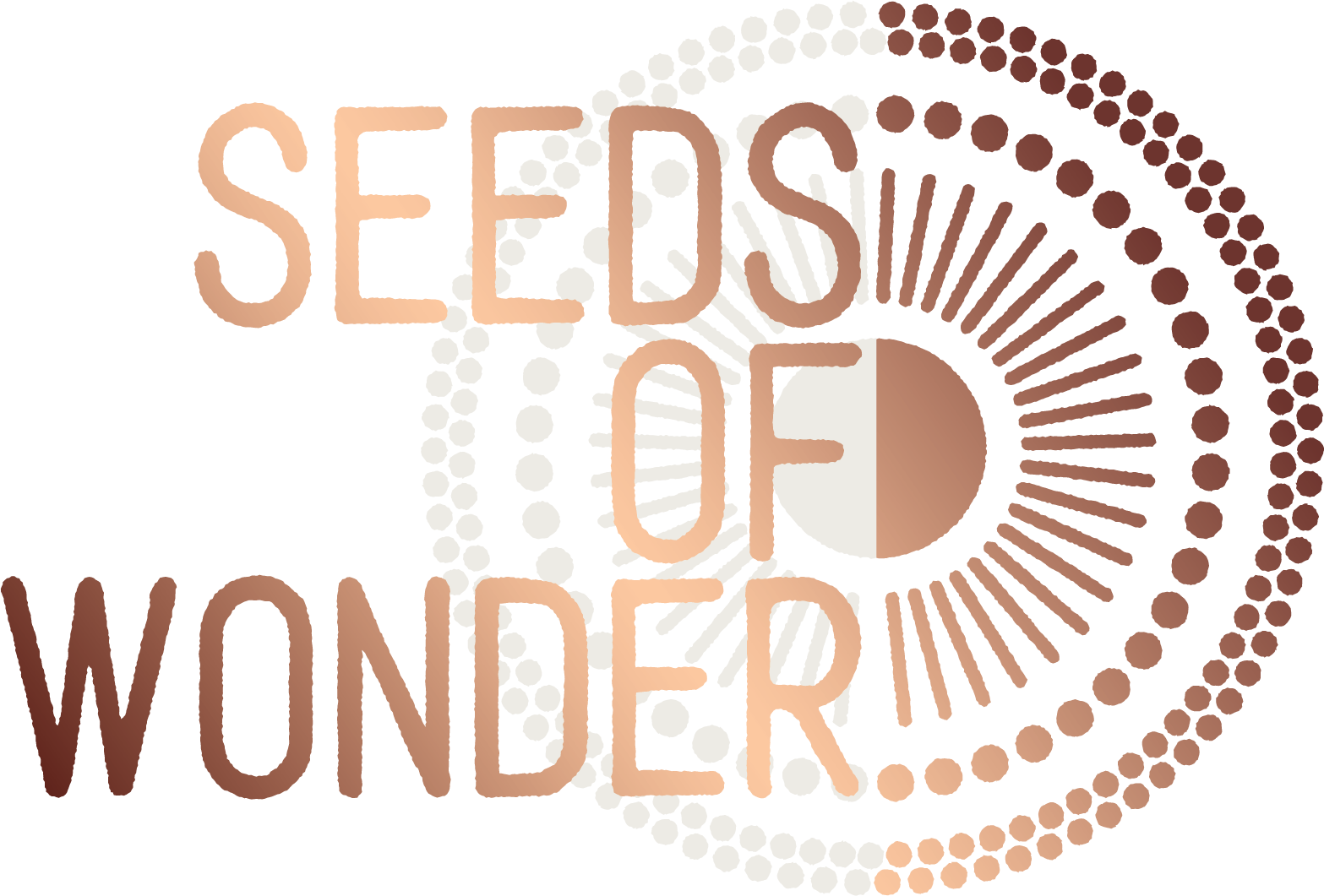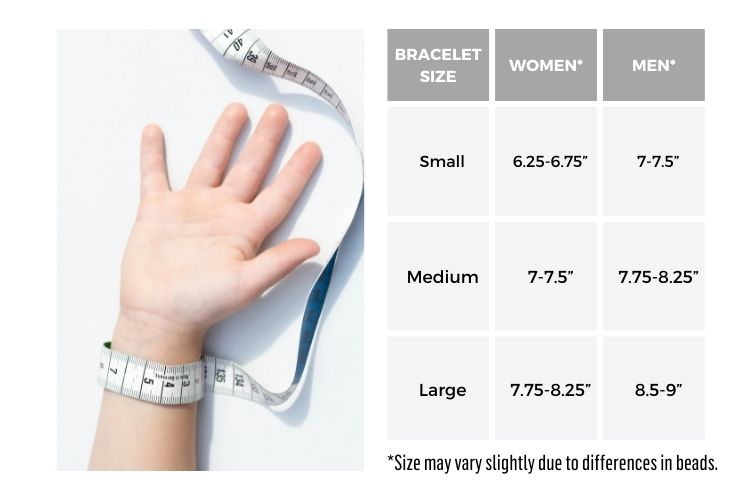What is a mala?
Malas, which means garland in Sanskrit, have been used for centuries as a tool for meditation and prayer. The use of malas can be traced back to Hinduism and Buddhism, where they were used as a tool for meditation and prayer.
Today, they are still used in these ways by many religions including Christianity, Islam and Catholicism. They have also become popular among modern yoga and meditation practitioners and other spiritual seekers.
Many other people simply enjoy wearing them as an item of beauty or for the properties of the beads used in their design.
Purpose of a mala
Mala beads are used in a variety of different ways depending on the person’s needs and preferences. There is no one right way to use a mala.
One of the most common purposes of a mala is to help the wearer stay focused during meditation or prayer.
In meditation, a mala might be used to count the number of times a mantra is repeated. A mantra is a word or phrase that is repeated during meditation or prayer as a form of focus and concentration. The repetition of the mantra can help to clear the mind and focus the attention on the task at hand. A mala helps the wearer keep track of how many times they have repeated the mantra and stay on track.
In addition to counting repetitions of a mantra, using a mala can also help to keep track of the time spent in meditation or prayer. This can be helpful for people who want to set aside a specific amount of time for these activities each day.
Many people also find that wearing a mala makes meditation more comfortable and accessible. The beads can help to ground the person, and the different materials can have other benefits, such as absorbing negativity or boosting energy levels.
When using a mala, it is important to remember that it is a tool to help with focus and concentration. The mantra or prayers that are repeated should hold personal significance for the wearer.

Different aspects of a mala
Malas come in many different shapes and sizes. The most popular type of mala is made from 108 beads, although there are also malas with 54, 27, or 21 beads (a derivative of 108).
The beads are strung together on a cord or thread to make the mala. The beads themselves can be made from a variety of materials, including crystal, wood, metal, or stone.
Some malas are knotted between each bead and others have no knotting at all.
Malas will often have spacers. A spacer is a bead that is larger or smaller in circumference than the other beads on the mala. The spacer separates the beads, usually at equal divisions, making it easier if you are keeping count.
Often you will see a bead at the bottom of the mala that is often larger than all of the other beads. This is the guru bead. It is also sometimes called a “Bindu” or “crowning bead.” It is said to represent the teacher, or one’s personal connection to the divine.
Many malas will be finished off with a tassel. The tassel represents oneness; our connection with ourselves, our higher selves and the collective consciousness.
The significance of 108
The number 108 is said to be sacred. It represents different things to different people.
For some 108 symbolises the 108 impurities and flaws that one must overcome, while others link the 108 beads to the 108 lines of energy believed to flow from your heart chakra to the universe. To others, it represents 108 defilements that can obscure our view of enlightenment.
When to use a mala
The purpose of using a mala is to focus the mind and create a sense of peace and calm. Malas can be used anytime and are especially beneficial during times of stress or anxiety.
How to use a mala
There are a few different ways to use a mala.
One of the most popular is to recite a mantra (a word or phrase with spiritual meaning) 108 times while holding the mala in your hand. Repeat the mantra aloud or in your head, one for each bead. When you reach the end of the mala, turn it around and start again.
When you’re first starting out, it can be helpful to have someone else say the mantra for you so that you can focus on your breathing. You can find recordings of mantras online.
Once you know the mantra, you can start chanting it yourself. As you do, focus on the meaning of the words and how they make you feel. Allow the vibration of the mantra to fill your body and mind.
After you’ve chanted the mantra 108 times, take a few moments to sit in silence and soak in the energy of the beads. Thank them for their support and guidance throughout the practice.
When you become comfortable with your mala, you can use it to open and activate your chakras, as well as to cleanse and energise your aura.
The third way to use a mala is by wearing it around your neck or wrist. This allows you to keep the energy of the beads close to your body, and also makes them easily accessible when you need them.
Activating a new mala
When you first receive your mala you may like to cleanse and activate it.
You can run your mala through the smoke of a smudge stick to cleanse it. Once it is cleansed, hold your mala in your hands, against your heart or on your third eye. Picture the energy that you would like to infuse it with flowing from you, into your mala, and set an intention you would like to pair with your mala.
Caring for your mala
When you’re finished using the mala, you can either wrap it around your wrist three times or place it in a special meditation box or bag. All Seeds of Wonder’s malas come with their own special pouch so you can keep your mala safe when you aren’t wearing or practicing with it.
Your mala is a sacred and precious object that needs some special care. To look after your mala and give it a long life, here are some tips.
- Do not wear it while bathing, swimming, at the beach or while sleeping.
- To keep its tassel fresh and tidy, you can gently wash it and comb it out while damp with a wide-toothed comb. Leave it to dry overnight before wearing it.
- To cleanse the crystals and seeds you can bathe your mala under a full moon, or alternatively smudge it to purify and release energy stored in the beads that do not serve you.
- Avoid twisting the guru bead or playing with the tassel as this weakens the thread and can cause it to break prematurely.
- Treat it at all times with care and a gentle touch.
What to do with broken malas
Over time your mala string will naturally wear and will eventually break. This means your mala has served its purpose and your intentions and prayers are being released to the Universe.
Both yogic and Buddhist traditions say that a broken mala indicates a spiritual breakthrough. It is seen as an opportunity to reflect on how far you have come.
It is a great time to let go of intentions and beliefs that no longer serve you, and set new intentions. Think about what you would like to manifest and focus on this as you set your new intentions.
You can store the beads from the broken mala in a little pouch. Carry this pouch with you to remind you of your journey, or if you have an altar or special space at home you might like to place the pouch on it.
Alternatively, if you do not feel that you have fully completed the intention you were working with you can choose to repair it. If you have purchased a Seeds of Wonder mala I can restring it for you so you can finish working with your intention. You can find out more information here.
Purchasing a mala
There are many different types of malas available on the market today. They range in price and style, depending on the quality of the beads and materials used, as well as whether they have been knotted or just strung.
If you’re interested in purchasing a mala, there are a few things to consider. First, decide what type of mala you want – what type of beads do you prefer? There are many different varieties, including gemstone malas, crystal malas, wood malas, and metal malas.
Once you’ve decided on the type of mala, you’ll need to consider the size. Do you want a necklace-length mala or a shorter one?
What do you intend to do with your mala? Praying with it, wearing it as a necklace or bracelet, or using it to absorb the properties of certain crystals or other beads?
Are you drawn to particular crystals or perhaps even colours or a design? I recommend paying attention to your gut instinct as often it will guide you towards what you need to nourish and support you.
Finally, consider the cost. Malas can range in price from tens of dollars to several hundred dollars. Choose what’s important to you and don’t feel guilty about spending more on something you really love. It is a gift that will keep on giving to you.
Once you’ve considered all these factors, it’s time to find the perfect mala for you. You can explore my handmade collection of malas here.
More information
If you would like to learn more about malas you might enjoy reading my blogs on ‘Meditating with your mala‘ and ‘Malas – for deeper meditation and mindfulness’
If you still have questions reach out to me at info@seedsofwonder.com.au. I am always happy to chat about all things malas!
And remember to keep checking back for new mala designs and special offers here.





